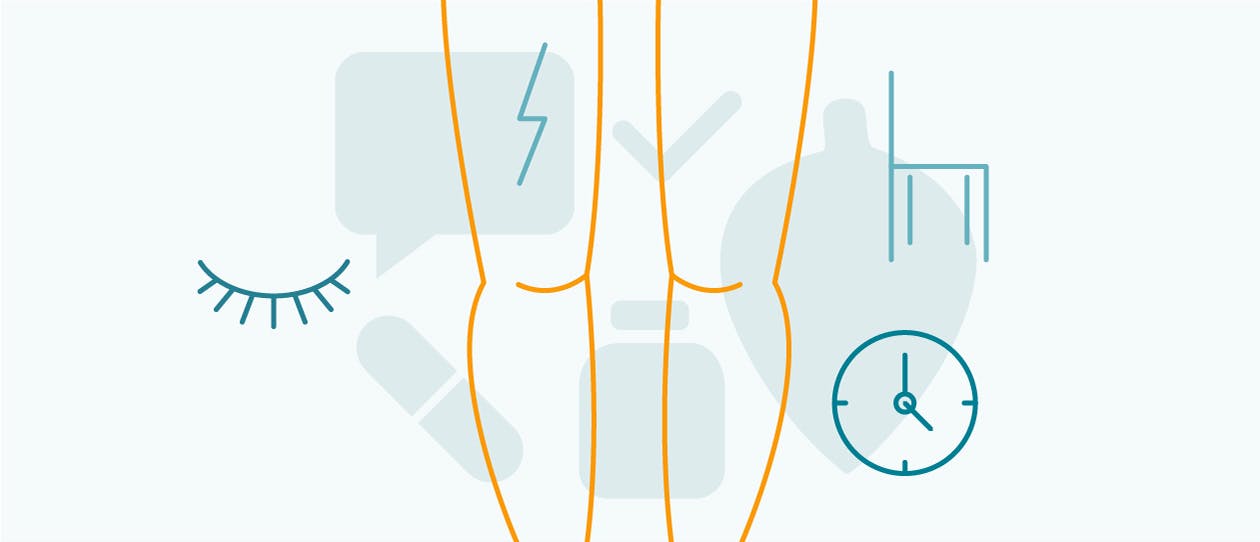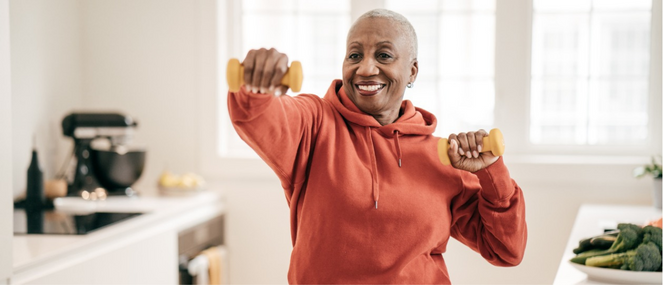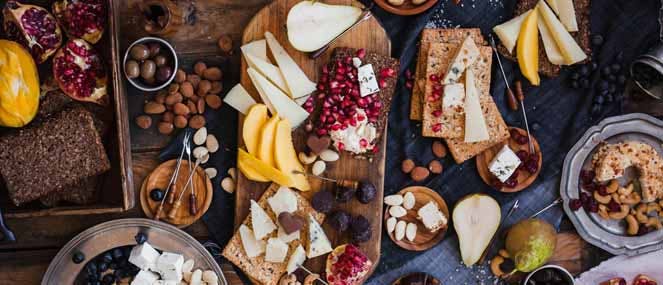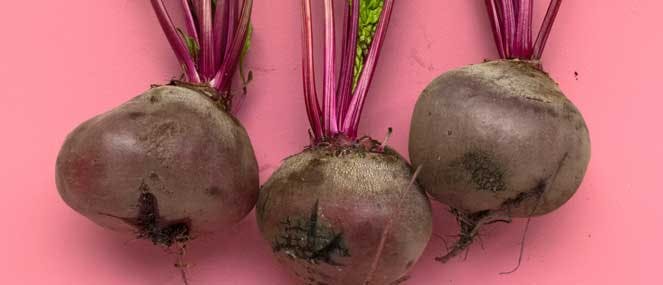
- Health hub/
- Heart & circulation/
- Varicose Veins - Symptoms and Causes


- Prominent dark blue veins, especially in the legs and feet
- Fatigue, leg discomfort (tight, tired)
- Fluid retention, feelings of heaviness
- Aching legs, relieved by elevation
Varicose veins are usually fairly obvious and bulge out from under your skin. The superficial veins are visible and swollen or "knotted". They are painful and can affect your circulation but they are usually more unsightly than harmful.
The blood flowing down the legs to the feet is assisted on its way by gravity, but the blood flowing up to the heart needs to work against the force of gravity. In order to prevent the blood collecting at the bottom of the legs, the veins contain valves which help to propel the blood up towards the heart.
When there is damage to the valves in the blood vessels of the legs, and/or the vein walls, the blood pools and the veins develop their familiar bulge. The blue colour associated with varicose veins is due to the reduced amount of oxygen in the blood as it returns to the heart.
One of the most common causes of varicose veins is standing up for long periods of time, which allows the effects of gravity to cause a pressure build-up in the blood vessels. Other people may have a hereditary predisposition to a weakness in the vein walls.
Other factors that increase the likelihood of varicose veins include:
- Constipation (haemorrhoids)
- Pregnancy
- Obesity
- Injury
Regular massage from a trained massage therapist can significantly alleviate discomfort associated with varicose veins, and help to stimulate blood flow. (If you have a history of conditions associated with blood clots, massage therapy is contraindicated for you - discuss your concerns with your healthcare professional before proceeding).
For itchy skin around the varicose veins, try a lotion or ointment made of witch hazel.
Take up regular aerobic exercise such as walking to improve the circulation and get the blood pumping. Always discuss a new exercise programme with your healthcare professional before starting.
Finish a shower or bath with cold water for as long as you can stand it. Many people find that this helps to relieve the pain from varicose veins. You can also do the same thing with foot spas or compresses.
Take regular rests and/or stretch breaks if your routine requires that you remain on your feet for long periods of time. Try to avoid wearing the same shoes every day - it's a good idea to vary the heel height, but avoid high heels as they can aggravate the problem.A diet high in natural fibre and complex carbohydrates helps prevent varicose veins by providing adequate nutrients to maintain the health of the blood vessels, and by maintaining bowel regularity, thereby reducing the likelihood of constipation.
Quit smoking. Smoking is a major cause of free radical damage which affects the health of the blood vessels.
If you're pregnant, sleep on your side rather than on your back. This lessens the pressure on your pelvic muscles.
Consult your healthcare professional if...
- The pain and swelling suddenly becomes severe
- You have red varicose veins
- You cut a varicose vein - see a healthcare professional immediately
- You develop a wound in the varicosed area that is slow to heal.




